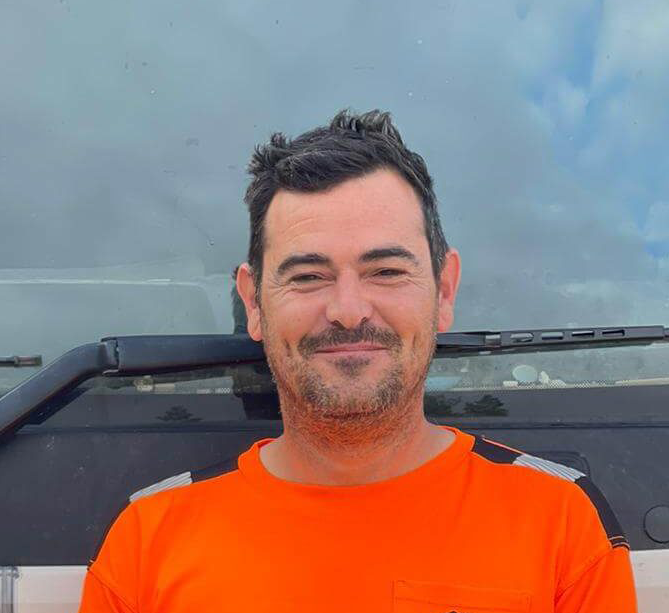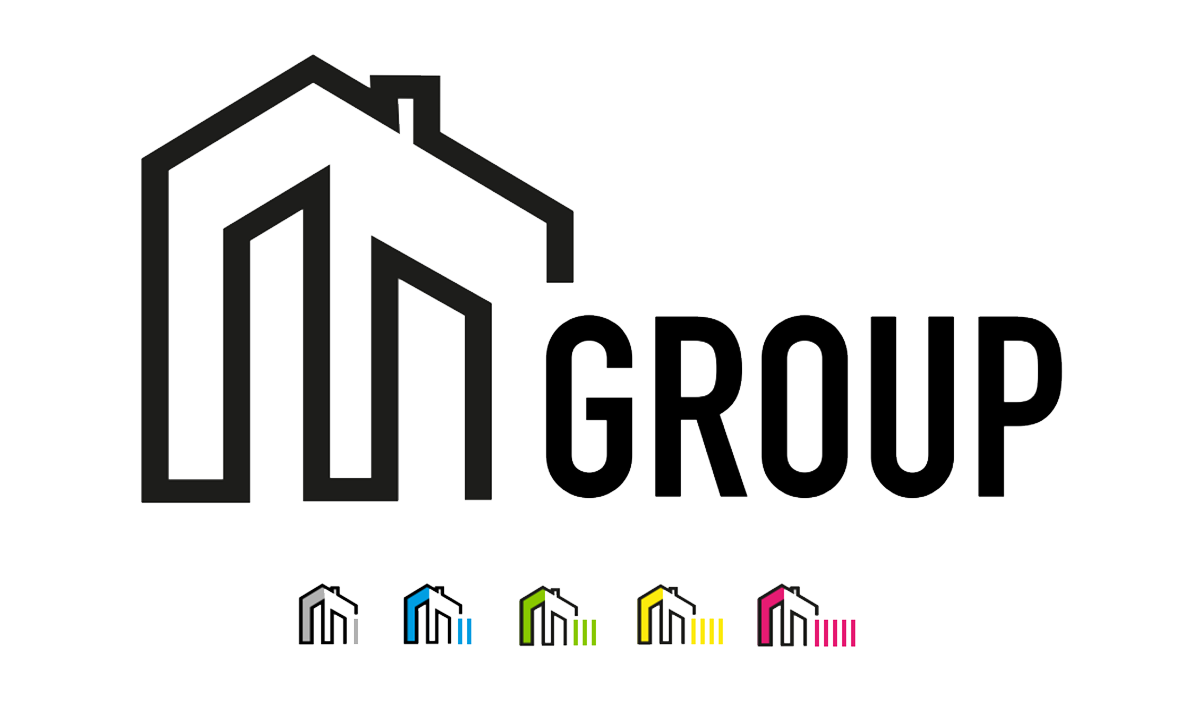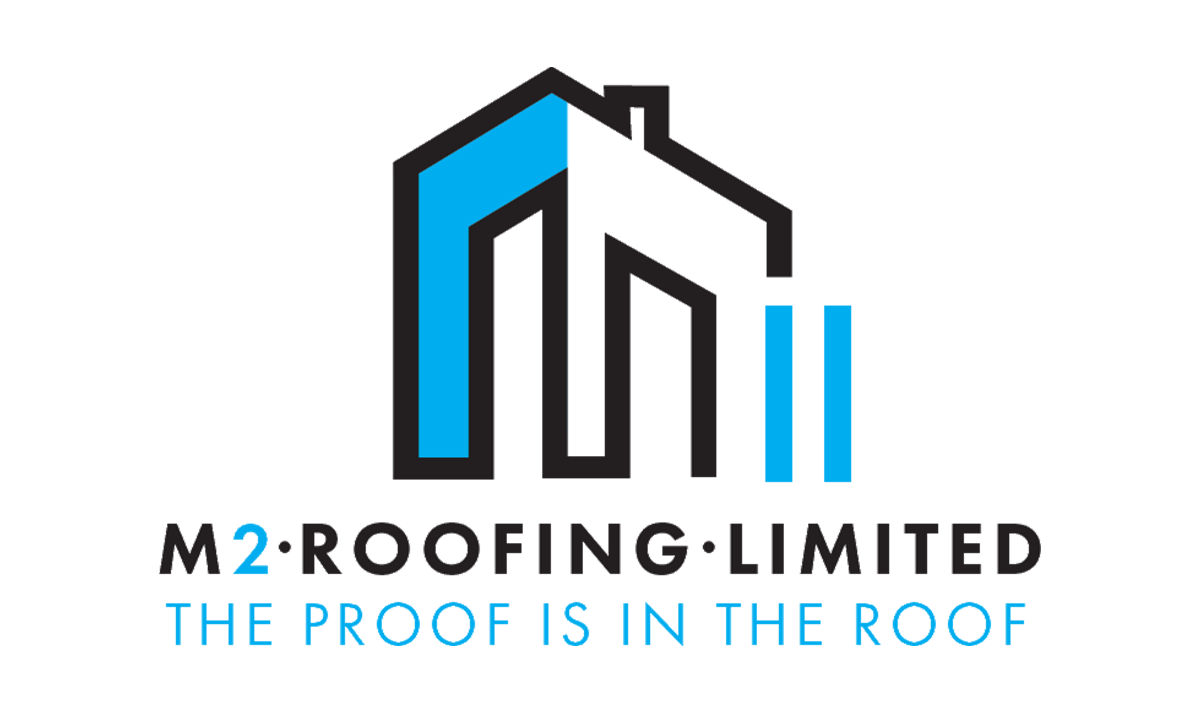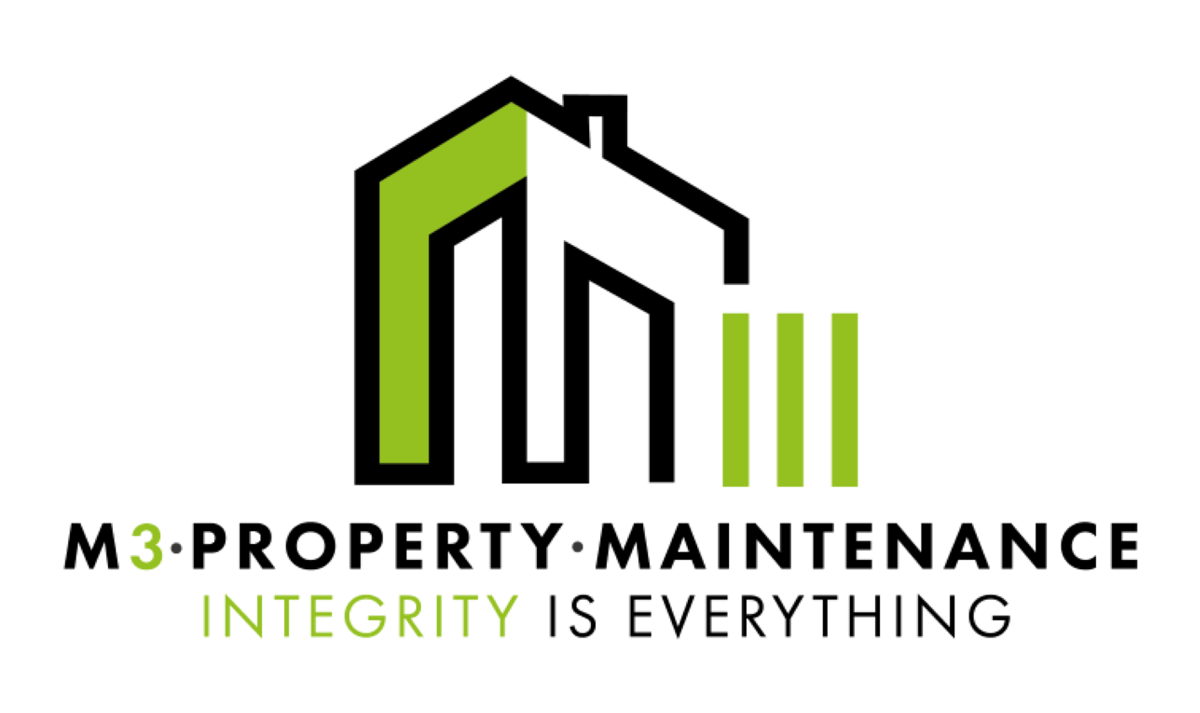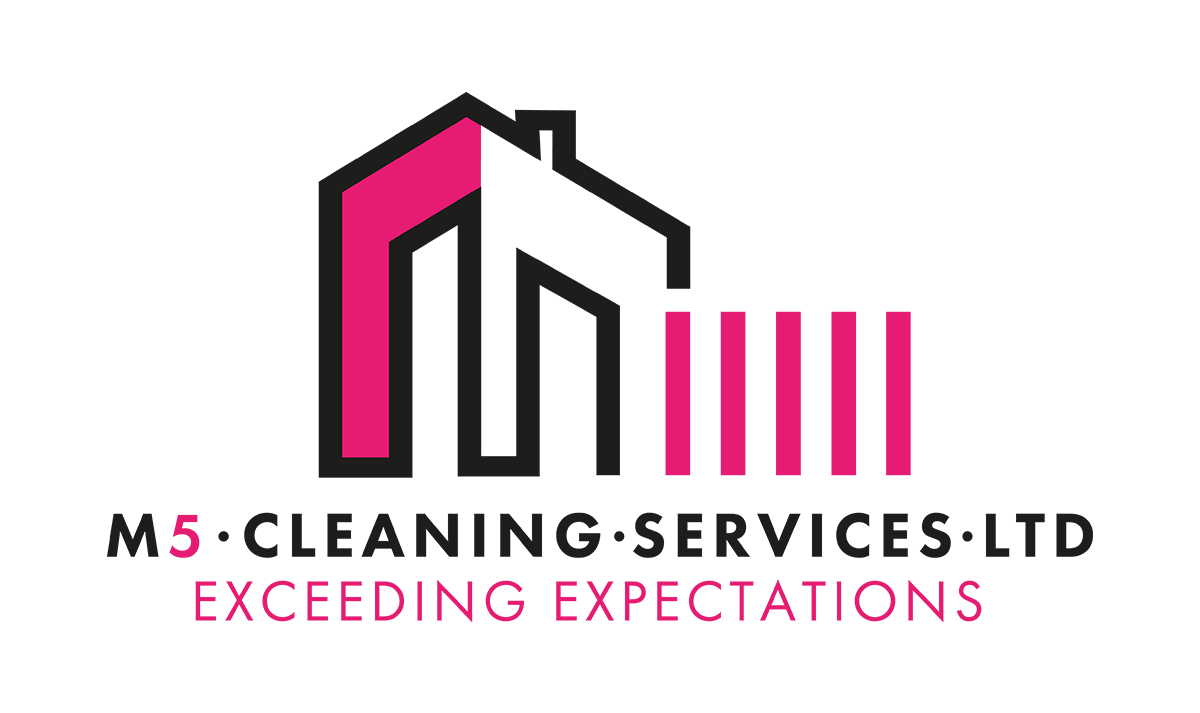Why Are Scaffold Boards Banded?
Scaffold boards are used for construction projects, and they need to be strong, safe, and stable. This industry is similar to others in that people think that scaffold boards are fine until there is a problem.
Whenever something bad happens, it is human nature to look for someone or something to blame. The scaffolding industry knows this, so they make boards that are as safe and reliable as possible.
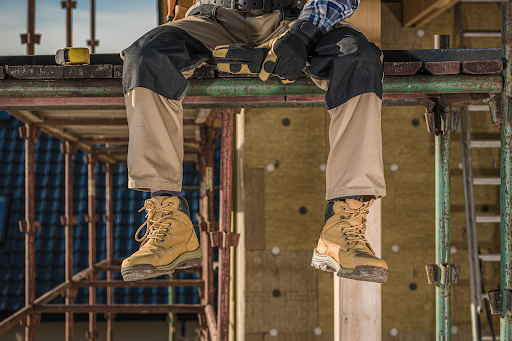
Tasks That Scaffolders Do on a Daily Basis
Scaffolders work in construction by erecting and dismantling temporary structures that allow workers to access higher places on projects. Most people start by training on the job, and they can get an apprenticeship to do so.
Scaffolders do need to obtain a Construction Industry Scaffolders Record Scheme (CISRS) safety card or its equivalent if they want to train or work on site.
Most of their work occurs outside on a construction or building site, but they can also erect smaller scaffolds indoors. Take a look at their daily tasks.
How Are Scaffold Boards Used?
Scaffold boards are used for many different applications. They can provide a walkway across muddy ground, or they can be used for scaffolding.
They provide temporary support, access, and weather protection for any kind of construction project. They can be used for the construction of a building, an extension, a chimney, and more.
Scaffold boards have metal bands on the ends to protect the wood from splitting. Scaffold boards are made to form platforms on tube and fitting scaffolding structures, and they also are used for some system-type scaffolds.
They are usually fitted to the length of the lift for the scaffold, and the centres are supported. This is determined by the type of board and the load class of the scaffold.
Normally, scaffold boards are made from timber with metal bands, but they can be found as plastic or galvanised steel.
Scaffold Boards Should Be Compliant
The job that scaffold boards do makes it critical that they are compliant with the current regulations. They are designed to keep professional builders safe when they are working high off the ground.
The standards are set by the National Access and Scaffolding Confederation and the Health and Safety Executive, both of which promote safe work environments. Professional builders should be sure to only use materials that meet their guidelines.
The British standard BS 2482:2009 replaced the former standard BS 2482:1981, and it includes the size of the boards, the construction of the boards, the timber quality, and the grading requirements.
They should have a width of 225mm and a thickness of either 38mm or 63mm. The banding is the sign that they are compliant.
The bands on the end of the scaffold boards are designed to stop the boards from splitting, and they allow the boards to be nailed along the size.
The Three Primary Scaffold Board Types
There are three primary types of scaffold boards, including the following:
1. 38mm x 225mm: This grade is suitable to support centres up to 1.2 meters. You can choose them through machine strength grading.
Each of these boards is passed through the machine, and it measures the deflection with a prescribed load on the board. They test these boards in the plane where they will be used. This way they will find any critical defects that might include excessive slope of the grain.
This type of scaffold board is used for general construction. It comes in varying lengths from 0.6m to 4.8m.
2. 38mm x 225mm (2): This type offers support up to 1.5m in the centres. They must be selected by machine strength grading, and it is the one to use when you need more flexibility or have higher loads.
This type comes in different lengths from 0.6m to 4.8m.
3. 63mmm x 225mm: The third type is 63mm thick, and these scaffold boards are best for centres that require support up to 2.5m. They are called scaffold battens or timber, and you can grade them by machine strength or visually.
These boards must match the system they are going to be used in, and they are precision cut to the lengths necessary. They are often used for Cuplock or Kwikstage scaffolding.
Boards Without Metal Bands Should Be Destroyed
Most scaffolding accidents occur when people use boards that are not designed for the job they are doing. Boards need to do more than look safe; they need to be tested and found to be safe.
It is important to examine scaffolding boards and look for damage or rot, both of which can compromise their strength.
Scaffolding boards can suffer damage when they are driven over with vehicles, dropped or thrown from heights, or compromised from holding impact loads over time.
Damage that compromises the safety of the scaffolding boards includes:
- Broken or damaged end bands
- Decay or rot
- Broken wood pieces
- Knots that are broken or loose
- Multiple cuts in the face of the board from use
- Cracks in the board from overloading
- Pest infestation
It is important to destroy old boards that have any of these problems. If the board doesn’t have the end bans, it won’t be safe. They are there to protect the end grain of the boards, and they need to extend all the way around the edges on both ends.
Types of Scaffolding Projects
There are different types of scaffolding projects that can be done using metal banded scaffold boards. Most large commercial projects are done with traditional tube and fitting scaffolding, and smaller building sites use them as well.
These scaffolds can also be used for temporary support, temporary access, or weather protection. They are also used in new builds and small extensions, and they make it easier to complete these projects.
Finally, they can be used for roofing access, chimney stacks, and more. Professionals know how to design and erect safe scaffolding using the appropriate scaffold boards that are compliant and safe.
Final Words
Scaffold boards are banded to make sure that the timber is protected. The banding helps to prevent the board from splitting.
Construction projects are dependent on scaffolding to gain access to the upper parts of buildings, and they must be safe or disaster can occur. It is important that they use scaffolding boards that are banded on both ends.
Boards should always be checked for any signs of weakness or decay, as these things can happen over time. Anything that compromises the safety of the people working is a problem, so they should always be inspected and destroyed when they don’t work.
